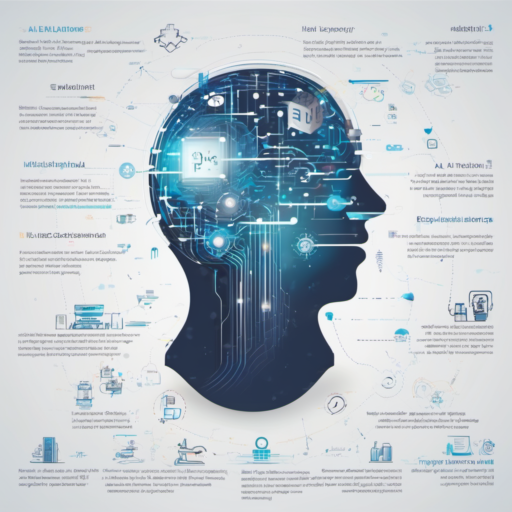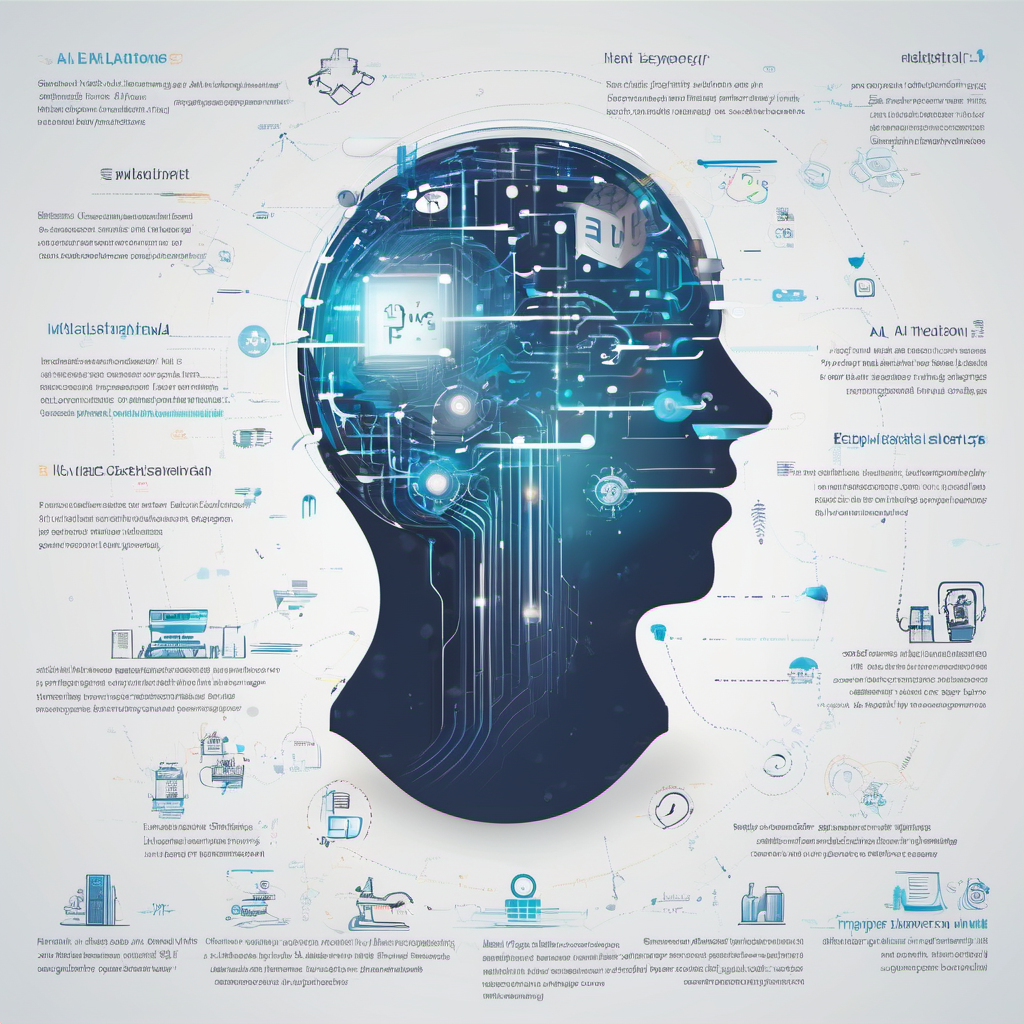Introduction
Knowledge AI is a progressive instrument outlined to upgrade Normal Dialect Handling (NLP) and Conversational AI frameworks. The essential objective of Information AI is to empower these frameworks to get to and comprehend a endless sum of data from different groups, such as archives, articles, manuals, FAQs, and more. By leveraging this riches of information, AI frameworks can give more exact, context-aware, and accommodating reactions to client queries.
The Impediments of Conventional Intent-Based Systems
Traditionally, making conversational AI frameworks included depending intensely on predefined bury and reactions. This handle required broad creating of question-and-answer sets, which was time-consuming, labor-intensive, and requested progressing support. As the scope of inquiries extended, keeping up these frameworks got to be progressively complex.
The Control of Information AI
Knowledge AI overcomes these restrictions by permitting the ingestion of existing information in different archive groups, counting PDF, content, DOCX records, and more. This innovation extricates significant data from these archives, making it available to Stream originators through Information AI Hubs. This approach disentangles the creation of knowledge-based virtual specialists, bypassing the imperatives of conventional intent-based frameworks and empowering the improvement of modern conversational experiences.
Prerequisites for Utilizing Information AI
Before utilizing Information AI, a few steps require to be completed:
Apply for a Permit and Designate Shares: Guarantee you have the fundamental licenses and quotas.
Create an Account with an LLM Supplier: This can be OpenAI, Microsoft Purplish blue OpenAI, or Aleph Alpha. Get the required API Key and other qualifications from your provider.
Setting Up a Information Store
Creating a preconfigured information store includes the taking after steps:
Open the Information AI Interface: Get to the Information AI wizard from the left-side menu.
Configure the Implanting Show: Indicate a one of a kind title and select an implanting model.
Enter Demonstrate Accreditations: Give the essential accreditations for your chosen model.
Upload Information: Transfer records in the backed groups (.ctxt, .txt, .pdf, .docx, .pptx, or web pages).
Organizing Knowledge
Knowledge inside Information AI is organized progressively into stores, sources, and chunks:
Knowledge Store: A holder that holds and organizes different Information Sources, streamlining the information administration process.
Knowledge Source: Speaks to the yield of changing different substance sorts into organized and available formats.
Chunk: A unit of information extricated from a Information Source, such as a section or sentence, empowering more granular and effective investigation and responses.
Using the Chunk Editor
The Chunk Editor is a device that permits interaction with and administration of chunks. Clients can adjust content, include unused data, erase areas, or modify substance to guarantee precision and relevance.
Search, Extricate, and Yield Knowledge
To use the information put away inside Information AI:
Create a Stream: Explore to the Stream editor and include a Look Extricate Yield Node.
Select the Information Store: Select the information store you created.
Configure Look Settings: Empower Context-Aware Look if required, and indicate the number of transcript steps for more profound context.
Run Questions: Utilize the Interaction Board to inquiry the information base and get reactions produced from the ingested knowledge.
Limitations and FAQs
Knowledge AI has certain restrictions, such as the most extreme number of Information Stores per extend, record transfer estimate, and the number of chunks per source. These impediments are subject to future updates.
Frequently Inquired Questions:
Is Information AI free of charge? No, Information AI requires a partitioned license.
How to fathom the 429 mistake (As well Numerous Demands)? This mistake happens when the rate constrain is surpassed on your LLM provider’s side. Allude to your provider’s documentation for solutions.
Conclusion
Knowledge AI speaks to a noteworthy progression in the field of NLP and Conversational AI, giving a strong arrangement to the restrictions of conventional intent-based frameworks. By empowering the ingestion and extraction of information from different report designs, Information AI encourages the creation of modern, context-aware virtual operators, revolutionizing the way we connected with AI frameworks.





